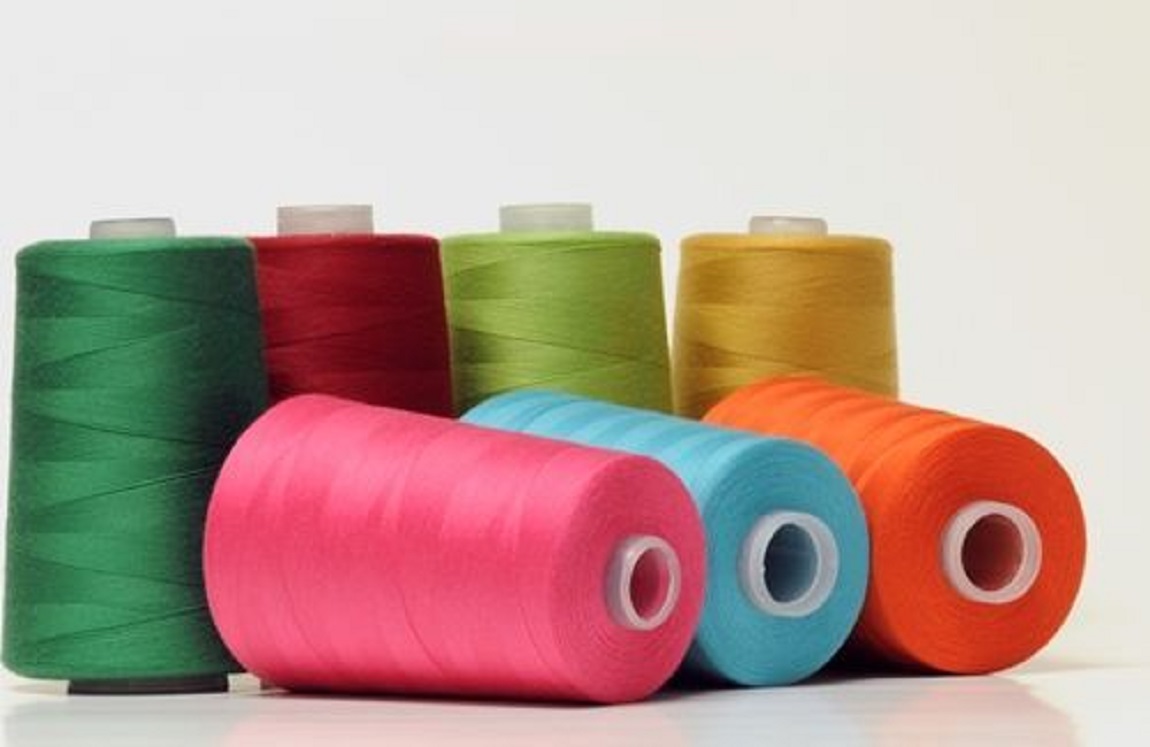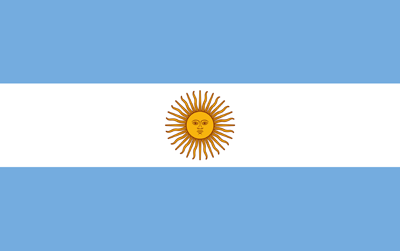You know that frustration when a T-shirt looks great on the rack, but after two washes it starts pilling, stretching, or just feeling off? You’re not alone. It happens more often than we want to admit. The culprit? Low-quality yarn. But here’s the good newswe’re about to fix that.You and I can agree that fabric quality matters, right? Especially in 2025, where both brands and buyers demand more: better feel, longer wear, and smarter sustainability.
This guide will show you why ring-spun yarn is still the industry favorite and how to tell if you’re getting the real deal or just clever marketing. We’ll cover the process, compare it with others like OE and compact yarns, break down data, and even give you a checklist for smart yarn sourcing. Let’s dive in.
What Is Ring-Spun Yarn?
Most people throw the term around, but very few explain what it actually means. Ring-spun yarn is made by continuously twisting and thinning the fibers to create a fine, strong, and soft strand. This process aligns the fibers more closely than open-end (OE) spinning does, giving the yarn a smoother texture and higher tensile strength.
Types of Ring-Spun Yarn
There are variations like Combed Ring-spun, Carded Ring-spun, and Compact Ring-spun. These options offer different balances between smoothness, durability, and price. These differences can influence everything from moisture absorption to fabric drape. Lesson learned? Not all Ring-spun is created equal.
Ring-Spun vs OE: Softness, Strength, and Sustainability
We often hear about yarn quality, but what really sets Ring-spun apart? If you’ve ever held OE yarn and Ring-spun yarn side-by-side, the difference is immediate. OE yarn feels bulkier and rougher. It’s cheaper because it’s produced faster. But in terms of durability and softness? Ring-spun wins, hands down.
Side-by-Side Comparison
| Feature | Ring-spun Yarn | OE Yarn |
| Softness | High | Low |
| Durability | Excellent | Moderate |
| Pilling Resistance | Strong | Weak |
| Sustainability | Moderate (longer life) | High (low energy) |
| Price | Slightly Higher | Lower |
Real-world takeaway: Brands who switch to Ring-spun often report fewer product returns and better customer reviews especially in apparel.
Hard Data That Backs It Up
Talking quality without numbers is like spinning yarns without fiber. According to a 2024 study from the Textile Science Council, garments made with Ring-spun yarn retained shape and texture 30% longer than those using OE yarn. Another independent trial found that Ring-spun fabrics required 42% fewer repairs after commercial washing cycles.
Why It Works
The tighter twist holds fiber ends in place. Higher thread count per inch. Less surface fuzz, which means less pilling. That’s the invisible strength of Ring-spun yarn.
Suggested diagram: A side-by-side comparison of yarn fiber alignment under a microscope. Not every buyer needs a microscope, but this type of visual makes a big difference for decision-makers.

Use-Cases and Brand ROI: Real Results
Proof matters especially when it involves profits and customer satisfaction. One luxury towel brand switched from OE to combed Ring-spun cotton in 2023. Within six months, customer return rates dropped by 19%, and repeat purchases increased by 25%. Why? The towels stayed fluffy longer, absorbed more, and looked better even after heavy use.
In Apparel and Athleisure
In athleisure wear, one regional brand reported that leggings made with Ring-spun yarn outperformed their synthetic blend versions on both comfort and shape retention. Even after 50 wears, no fading or fabric breakdown. These aren’t isolated wins they’re replicable results if you choose smartly.
How to Choose the Right Ring-spun Yarn (Checklist Inside)
Ring-spun yarn comes in many types, and not all will serve your needs equally. Choosing right means evaluating both performance and cost and that starts with asking smarter questions.
Smart Sourcing Checklist
- Fiber Origin – Egyptian, Supima, or Giza cotton? All offer unique hand feel.
- Twist Level – Higher twist means stronger yarn, but less stretch.
- Combing Process – Go for combed if softness and purity matter.
- Count Range – Pick your Ne count based on end-use: 20s for towels, 40s–60s for T-shirts.
- Certifications – OEKO-TEX, GOTS, or BCI? If it’s not traceable, it’s not trustworthy.
Pro tip: Ask your mill to send a swatch + test report. Run a hand-feel test, check the ply consistency, and look for fuzziness.
Is Ring-spun Sustainable in 2025?
Sustainability is no longer a trend it’s a demand. Brands looking to reduce waste while maintaining product integrity are turning to Ring-spun yarn as part of their long-term strategy.
Sustainability in Practice
Brands focused on circularity prefer Ring-spun because it handles recycling processes better, shows higher resilience in blended textiles, and supports organic cotton lines with less fiber loss during spin.
Bonus: Many premium Ring-spun yarns are now made with organic or recycled cotton, giving brands eco points without sacrificing quality.
Final Thoughts:
By now, it should be clear that ring-spun yarn isn’t just a premium option it’s a practical solution with measurable benefits. From durability and comfort to brand reputation and sustainability, it covers all bases. In a world of fast fashion and high consumer expectations, smart yarn sourcing isn’t optional it’s a competitive edge.
It’s stronger, softer, and lasts longer. It supports sustainable goals. It reduces customer complaints. It delivers real results you can track and scale. Next step? Grab our free “Yarn Buyer’s Toolkit” and train your team. You’ll thank yourself when the fabric holds up and your customers do too.
FAQs:
Why is ring-spun yarn softer than OE?
Because the fibers are more tightly twisted and aligned, resulting in a smoother surface.
Is ring-spun worth the higher price?
Yes. Better performance leads to longer-lasting garments and fewer returns.
Can ring-spun yarn be used in towels and tees?
Absolutely. It’s great for both thanks to its softness, strength, and absorption.
Is compact Ring-spun better than combed?
Depends on use compact has fewer fly fibers, while combed offers softness.
What does “combed Ring-spun” mean?
It’s yarn made from combed cotton fibers that are then ring-spun for max softness.







